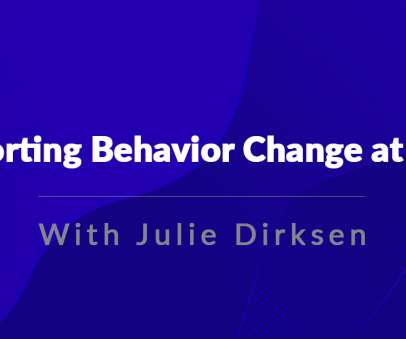Bloom’s Taxonomy and Learning Games
Knowledge Guru
MARCH 15, 2017
Use Bloom’s Taxonomy to help you craft your objectives and accurately assess what level of cognitive skill learners need to use to produce your goal. Most complex tasks require us to use multiple levels within the taxonomy. Bloom’s Taxonomy categorizes learning into six levels of thinking, with each level adding complexity.





































Let's personalize your content